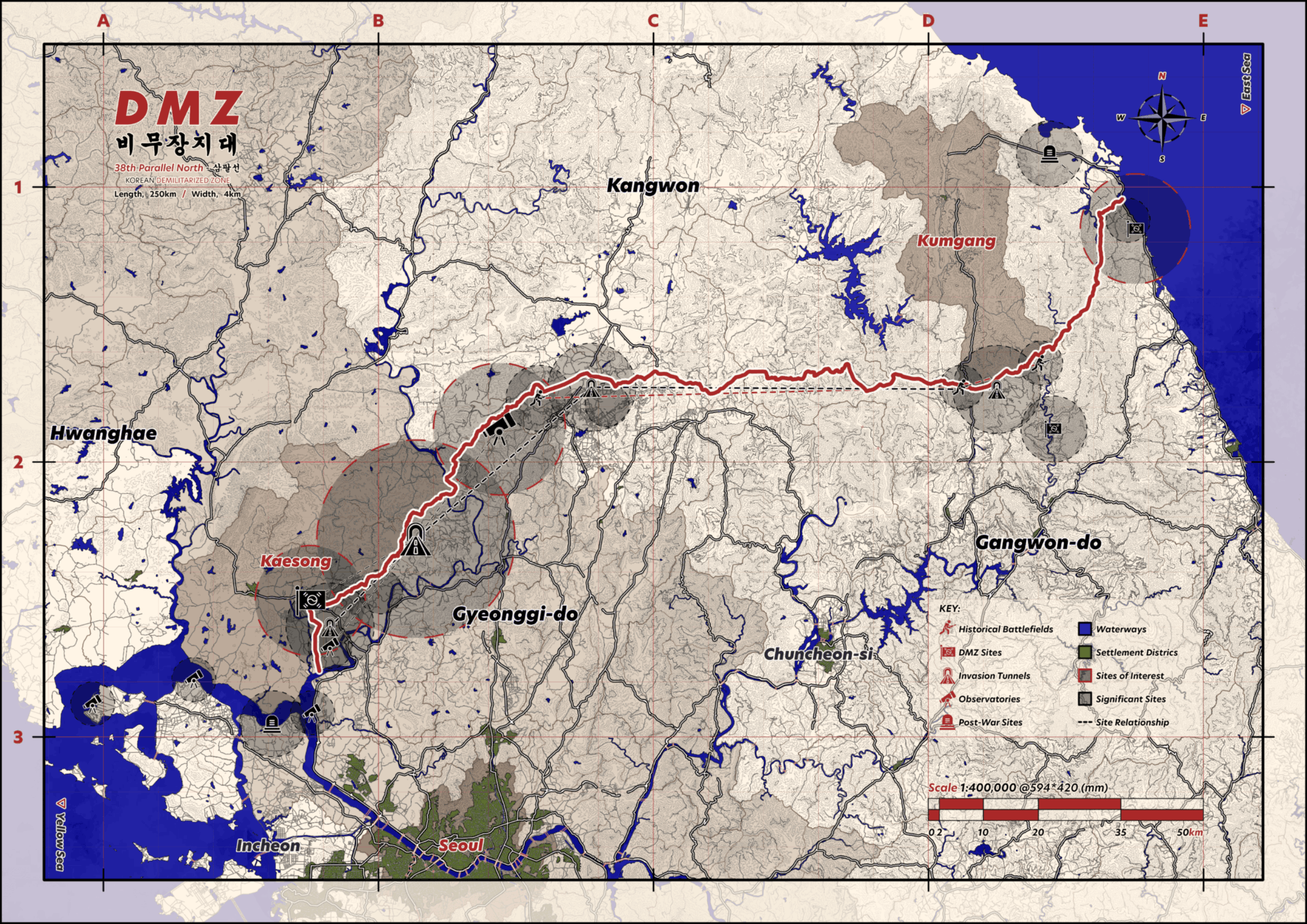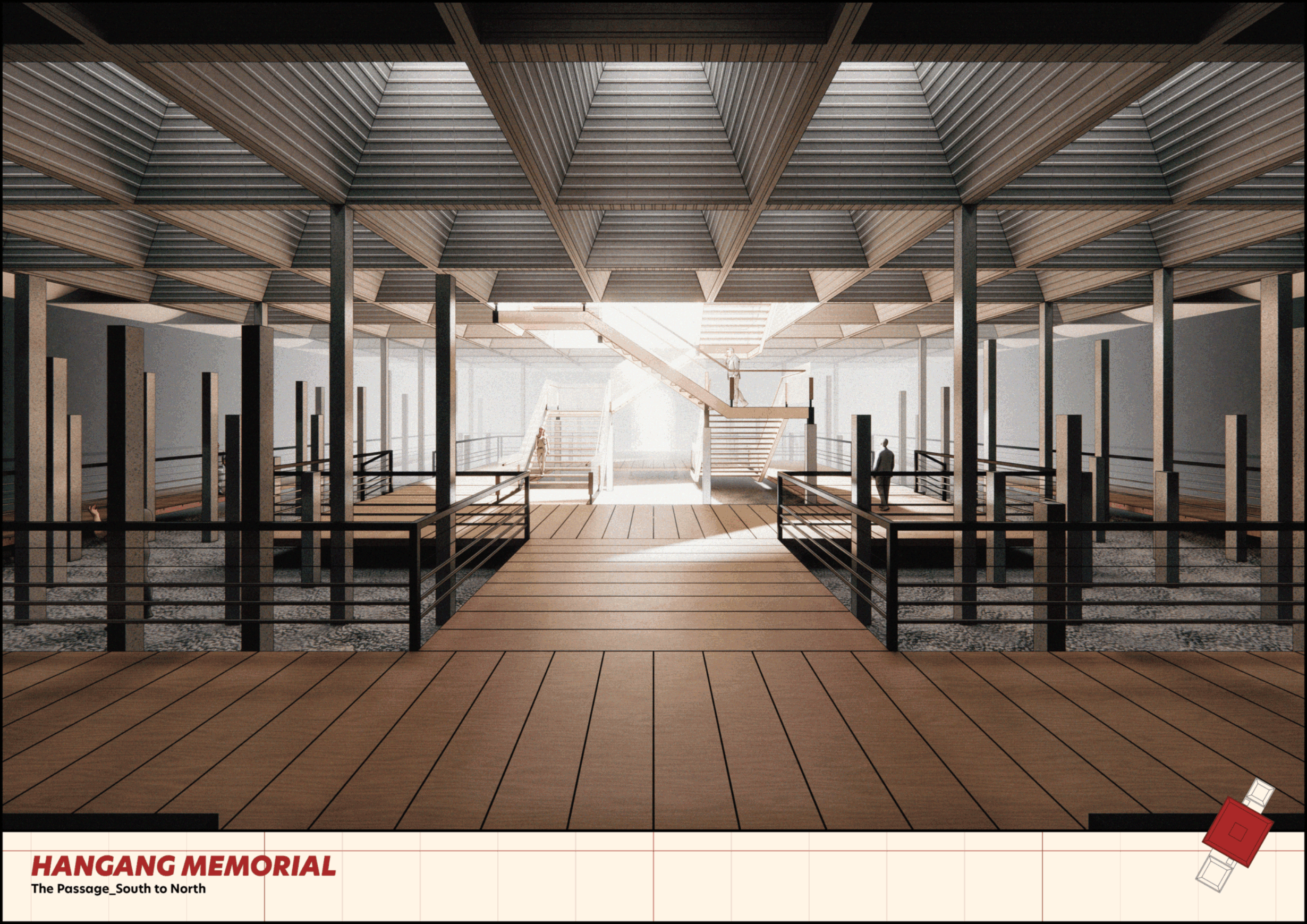Unearthing the Forgotten: Hangang Gateway

In the shadows of the Korean War's haunting legacy, the Korean Peninsula remains marked by a profound historical divide, with the scars of conflict etched into the architectural landscape. The demilitarized zone (DMZ) serves as a poignant reminder of the unresolved tensions that have persisted since the war's onset in 1950. Amidst this backdrop, the often overlooked Hangang Bridge stands as a silent witness to a tragic chapter in South Korean history, where a demolition operation in 1950 claimed the lives of 77 military police, leaving an indelible mark on the nation's collective memory.
This research endeavours to breathe life into the forgotten narratives of the Korean War, proposing a symbolic didactic architecture that transcends mere functionality. The vision is to create an immersive experience for the modern generation, allowing them to grasp the profound historical significance embedded in structures like the revitalized Hangang Bridge. By incorporating traditional Korean architectural typologies and theories, this thesis aims not only to preserve the legacy of Nodeul Island but also to serve as a bridge between past and future generations, fostering a cultural connection that transcends time. Through an exploration of architectural language, this study seeks to unravel how civil architecture can effectively communicate the poignant tales of the Korean War, encouraging a deeper understanding and appreciation of the rich history woven into the fabric of the South Korean peninsula.



























